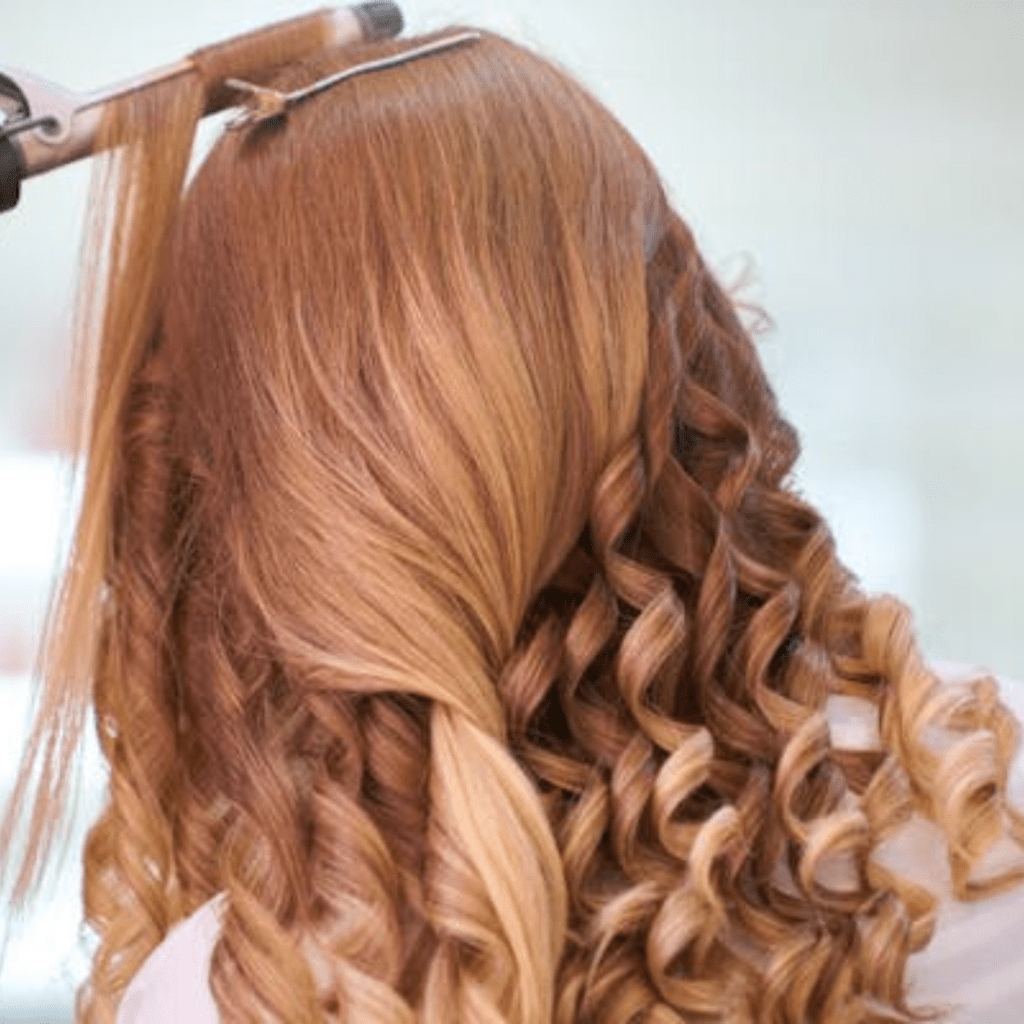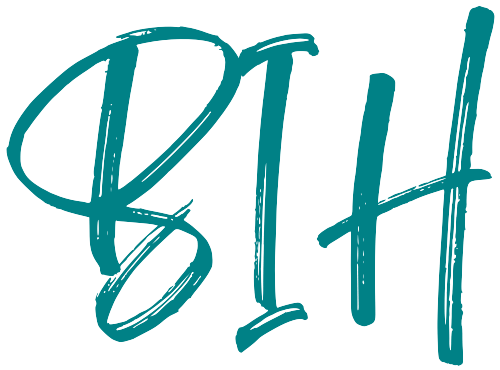Step into the vibrant world of hair fashion and self-expression! In today’s ever-evolving style landscape, your hair is the ultimate canvas for showcasing your unique identity. With the magic of hair extensions, you can effortlessly explore a myriad of textures, lengths, and colors.
Welcome to our blog, where we’re about to dive headfirst into the exciting realm of wig styling. Get ready for a showdown we call the “Texture Wars” – a fun and fierce debate that’s got everyone talking.
Should you go for sleek, straight strands or embrace those luscious curls? We’re here to guide you, breaking down the pros and cons of both techniques for different hair extensions.
So, whether you’re a style enthusiast or a professional hairstylist, get ready to unlock the secrets of texture transformation and discover how to rock any look you desire!
Different Types Of Hair Extensions And Their Suitability For Styling

Before we dive into the exciting world of straightening and curling, let’s first explore the array of hair extensions at your disposal:
- Synthetic Hair Extensions: These extensions offer vibrant balayage colors and styles that can be a game-changer for your look. However, their heat resistance is limited, making them less suitable for frequent heat styling like straightening or curling.
- Human Hair Extensions: The holy grail of versatility! Human hair extensions provide a more natural look and feel. They can handle straightening and curling techniques, allowing you to experiment with various trendy styles.
- Clip-In Extensions: Perfect for temporary transformations, clip-in extensions are a breeze to style. Since they’re not attached 24/7, you can easily remove and style them.
- Tape-In Extensions: These are semi-permanent and lie flat against your head, making them ideal for adding volume and length.
- Weave or Sew-In Extensions: Tightly braided and sewn into your natural hair. Styling can be diverse, but avoid excessive tension on the braids to prevent damage to your natural hair.
- Halo Extensions: These sit on a clear wire resting on your head. Styling is simple and safe since there’s no direct heat or attachment to your natural hair. Just ensure that the wire is well-concealed under your hair.
Straightening And Curling Techniques For Wigs And Hair Extensions

Straightening and curling wigs and hair extensions require some care and attention to prevent damage and ensure the longevity of the hairpieces. Here are some techniques for straightening and curling:
Straightening Techniques:
- Flat Iron Magic: A flat iron is your best friend for achieving sleek, straight strands. Divide your hair into sections, starting from the bottom. Clamp the flat iron and slowly glide it down each section, keeping consistent pressure for a smooth finish.
- Straightening Brush Elegance: This innovative tool combines brushing and straightening. Brush through small sections of hair, following the brush’s motion with the heat turned on. The bristles work through tangles as the heat straightens the hair.
- Blow-Dry Straight: Use a round brush and a blow dryer to coax your hair into straightness. Work section by section, aiming the dryer downward to seal the cuticles and achieve a polished look.
Curling Techniques:
- Classic Curling Iron: Wrap small sections of hair around the curling iron’s barrel, holding for a few seconds before releasing. Use a smaller barrel; for tighter curls; opt for a larger one for looser curls.
- Heatless Curls: Spare your hair from heat damage by using heatless methods. Twist sections of hair into tiny buns before bed, or use flexible foam rollers for bouncy curls without the heat.
- Curling Wand Wonders: Similar to a curling iron but without the clamp, a curling wand gives you more control over the curl’s shape. Wrap hair around the rod, leaving the ends out for a more natural look.
Comparing Straightening And Curling Techniques For Different Hair Extensions

The techniques for straightening and curling different hair extensions can vary due to the varying characteristics of each type of hair. Here’s a comparison of techniques for straightening and curling common types of hair extensions:
Synthetic Extensions:
- Straightening: Use heatless methods or very low heat settings to prevent melting or damage.
- Curling: Opt for heatless curls, like braids or foam rollers, to maintain the synthetic fibers’ integrity.
Human Hair Extensions:
- Straightening: Can handle higher heat settings, but always use heat protectants. Straightening creates a sleek, sophisticated look.
- Curling: Versatile with both traditional curling methods and heatless options. Experiment with different curl sizes for varied looks.
Clip-In Extensions:
- Straightening: Keep straightening to a minimum to preserve their detachable nature.
- Curling: Heatless curls work best to avoid potential damage to clips and bases.
Tape-In Extensions:
- Straightening: Proceed cautiously and use lower heat settings, focusing on the mid-lengths to ends.
- Curling: Experiment with gentle curls, ensuring not to apply too much heat close to the tape bonds.
Remember, the key to successful styling lies in knowing your hair extensions and choosing the appropriate technique that aligns with their material and structure. The right approach ensures you rock your desired look while keeping your extensions in tip-top condition.
Maintaining The Quality Of Human Hair Extensions During Styling

Proper hair care for curly hair is necessary when dealing with human hair extensions. Before any styling adventure, make sure your extensions are clean and tangle-free. Use a gentle detangling brush to avoid unnecessary stress on the strands.
Additionally, invest in high-quality heat protectants to shield your extensions from damage caused by styling tools.
- Mindful Straightening: When straightening, glide the flat iron down the section smoothly and avoid clamping down too tightly, which can cause creases. Work in small sections for the best results and minimize the number of passes to prevent unnecessary heat exposure.
- Curling Caution: For curling, wrap the hair around the curling iron or wand without overlapping to prevent uneven heat distribution. Hold for a few seconds, release gently, and let the curl cool in your palm for a few seconds before letting it fall.
- Nighttime Care: Before bed, loosely braid or tie your hair in a low ponytail to prevent tangling. Consider using a silk or satin pillowcase, which minimizes friction and helps maintain your style.
By following these meticulous steps, you’re ensuring the longevity of your human hair extensions and elevating your styling experience to new heights.
Conclusion
And there you have it – the Texture Wars decoded! Whether you’re Team Straight or Team Curl, the world of wig styling is your playground. From the captivating versatility of human hair extensions to the exciting options for synthetic hair, each technique brings its unique charm.
Treat your extensions with the love they deserve, and you’ll be dazzling with every hair flip. So embrace the power of texture transformation and rock your style with confidence!











